The Awareness-Location-Repair Methodology in Non-Revenue Water Management: An Effective Approach to Tackling Water Losses
The Awareness-Location-Repair Methodology in Non-Revenue Water Management: An Effective Approach to Tackling Water Losses
Aware, Locate, Repair
Aware, Locate, Repair
Introduction
Non-Revenue Water (NRW), which encompasses both real and apparent losses in water distribution systems, poses significant challenges for water utilities worldwide. To address this issue effectively, the awareness-location-repair methodology has emerged as a valuable approach. This article explores the key components of this methodology and how it is applied in NRW management.
Awareness
The first step in tackling NRW is to raise awareness among water utility stakeholders, including management, staff, and customers. Awareness campaigns educate stakeholders about the importance of water conservation, leak detection, and reporting abnormal water usage. This includes promoting responsible water consumption practices, such as fixing dripping taps and avoiding wasteful habits. By fostering a culture of water stewardship, utilities can significantly contribute to reducing water losses.
Location
Accurate leak detection and localization are crucial to addressing NRW effectively. Advanced technologies, such as acoustic sensors, remote sensing, and GIS mapping, play a pivotal role in locating leaks in water distribution networks. Acoustic sensors can detect leak sounds, helping pinpoint their exact location. Remote sensing technologies, such as satellite imagery and drones, assist in identifying visible signs of leaks, such as wet patches or vegetation anomalies. Integrating these technologies with GIS mapping allows utilities to visualize and prioritize leak locations for efficient repair operations.
Repair
Once leaks are located, prompt repair is essential to minimize water losses. Utilities must establish efficient repair teams capable of addressing leaks quickly. This involves scheduling repairs based on severity, urgency, and potential impact. Implementing proper protocols for repair procedures ensures consistency and effectiveness. Utilizing trained technicians, appropriate equipment, and quality materials enhances repair efficiency and long-term leak prevention.
Application of the Methodology
The awareness-location-repair methodology is applied in NRW management through the following steps:
Data Collection and Analysis
Water utilities gather data on water supply, demand, meter readings, and customer consumption patterns. Analyzing this data helps identify areas with high losses and potential causes, including leak-prone zones and faulty metering.
Stakeholder Engagement
Utilities engage with stakeholders, including customers, to
promote water conservation practices, encourage reporting of leaks, and create
awareness of NRW reduction initiatives. Regular communication channels, such as
social media, websites, and educational campaigns, facilitate effective
engagement.
Leak Detection and Localization
Implementing advanced technologies, such as acoustic sensors and GIS mapping, enables utilities to detect and locate leaks accurately. Regular monitoring and inspections of the distribution network aid in early leak detection and intervention.
Repair and Maintenance
Upon locating leaks, utilities prioritize repairs based on severity and impact. Trained repair teams equipped with appropriate tools and materials promptly address identified leaks. Routine maintenance practices, such as valve inspections and pipe replacements, further contribute to reducing future losses.
Monitoring and Evaluation
Continuous monitoring and evaluation of NRW reduction efforts are vital. Regular audits, performance assessments, and key performance indicators allow utilities to measure progress, identify areas for improvement, and adjust strategies accordingly.
Conclusion
The awareness-location-repair methodology provides a comprehensive framework for tackling non-revenue water effectively. By promoting awareness, accurately locating leaks, and promptly repairing them, water utilities can significantly reduce water losses, improve operational efficiency, and ensure sustainable water resource management. Adoption of advanced technologies, stakeholder engagement, and regular monitoring are key elements in successfully implementing this methodology. With a holistic approach, utilities can move closer to achieving their NRW reduction goals and secure a more resilient and sustainable water future.
